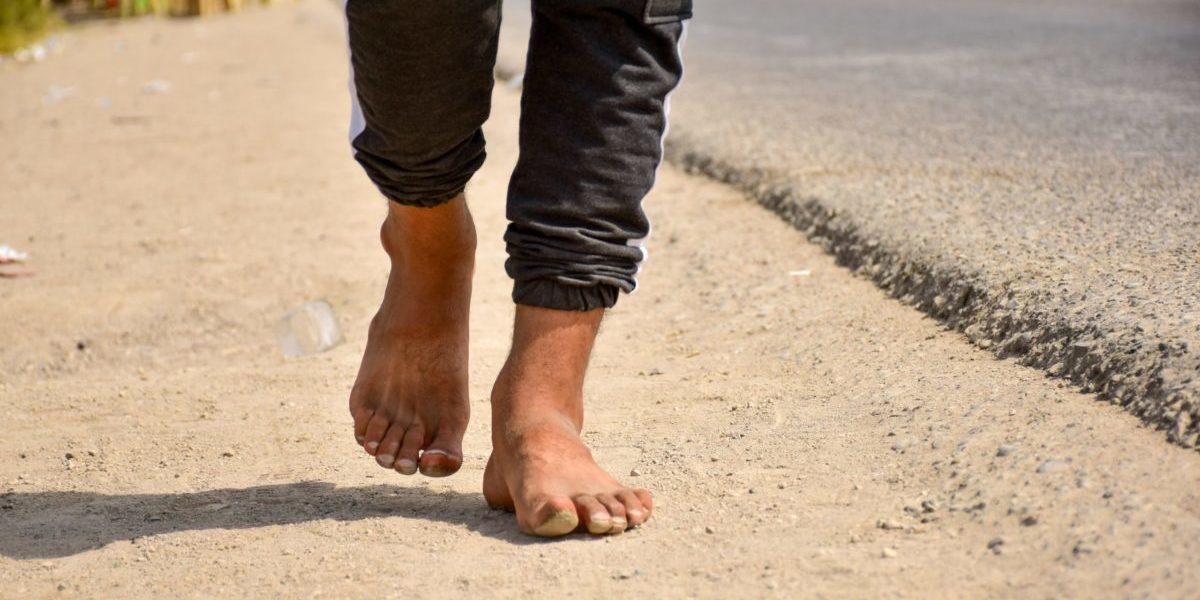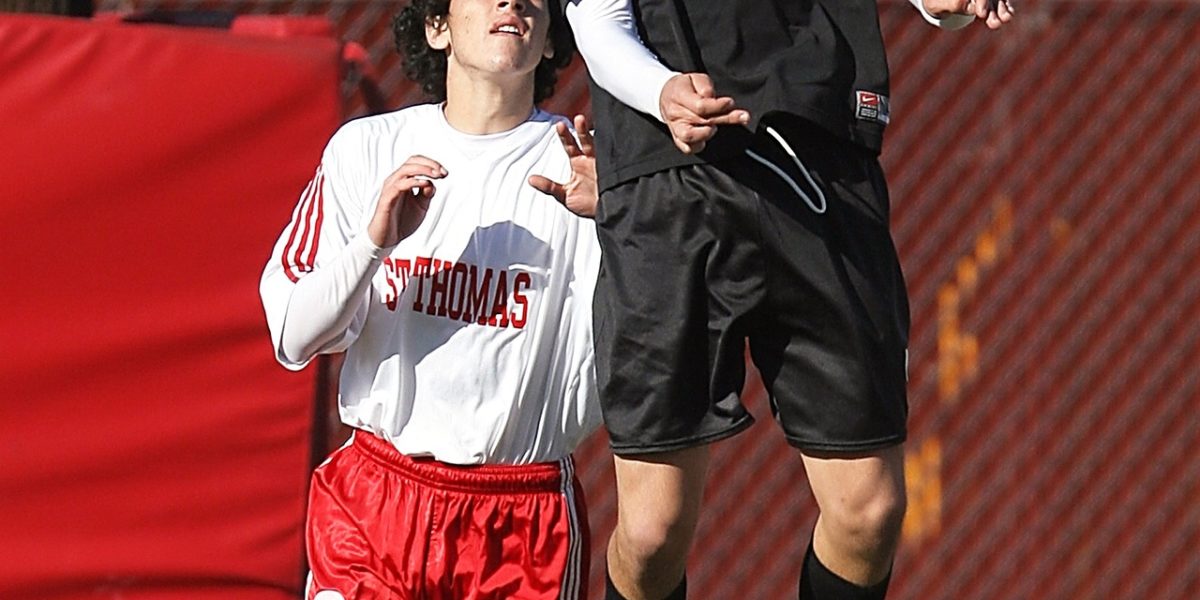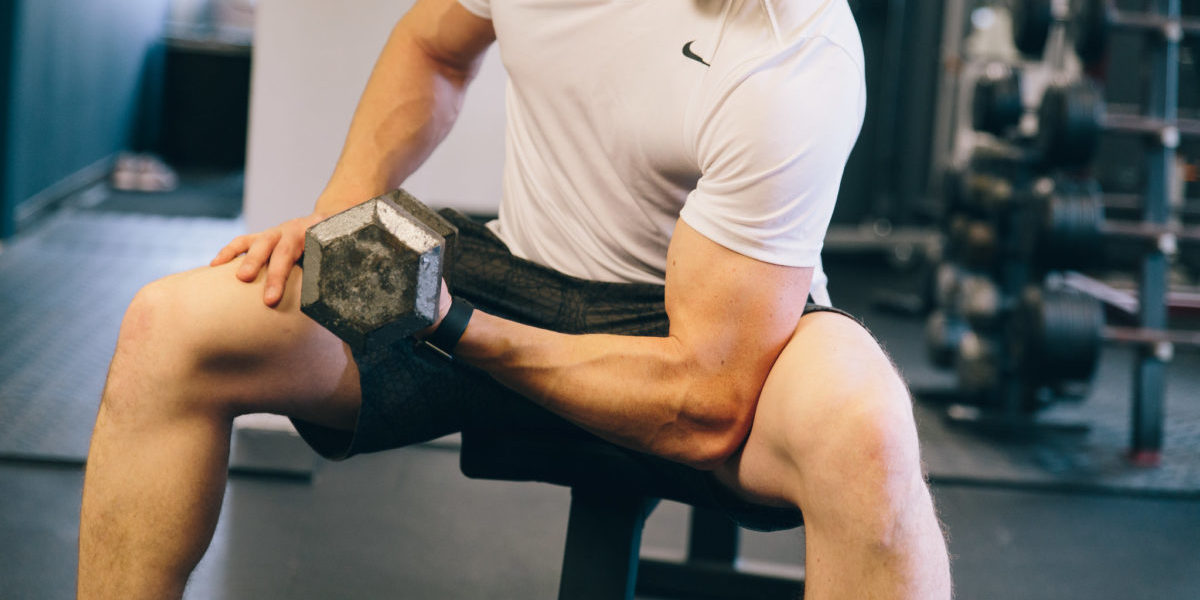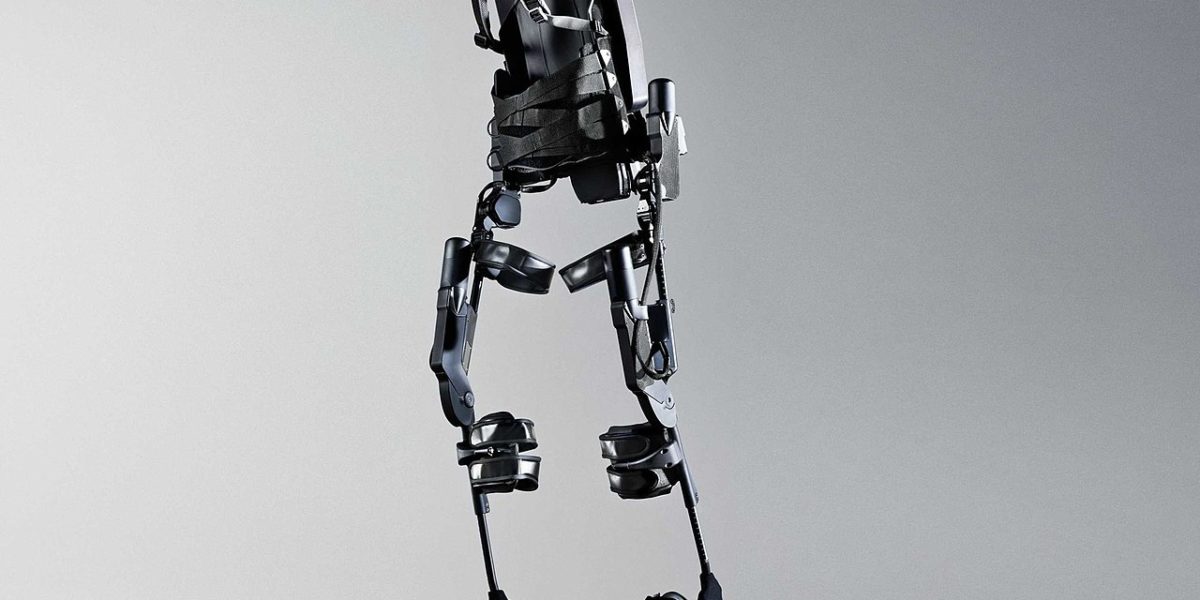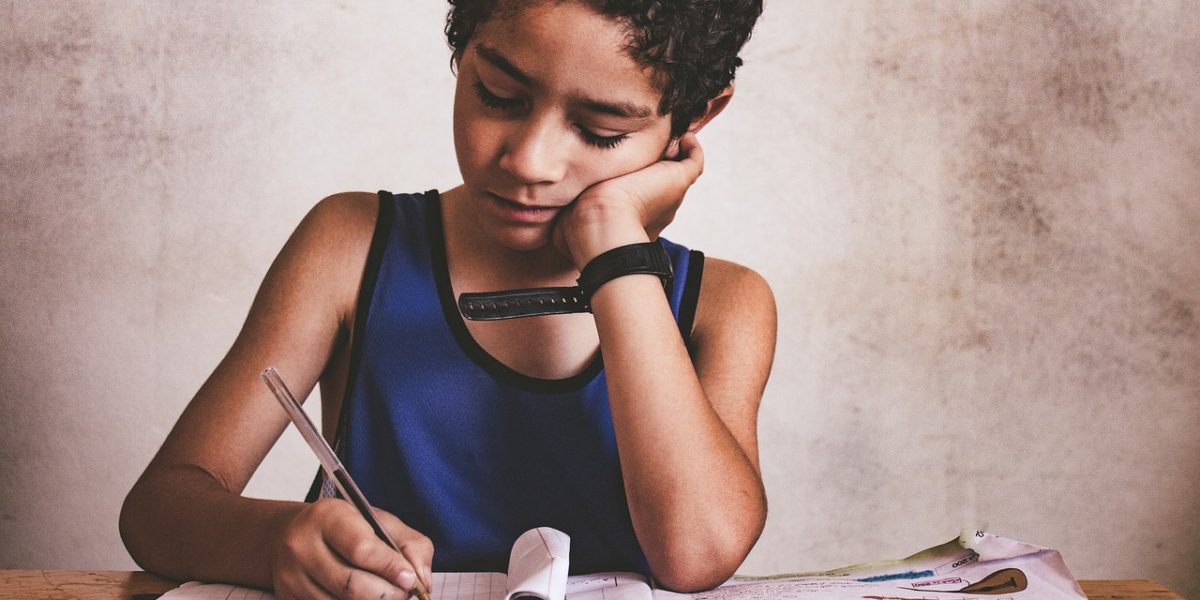The discussion of returning to minimalist ways, namely walking or running barefoot, is a question that rises in many circles, from new parents to elite runners.
Continue reading “Ditching the shoes: Minimalist trend or natural advantage?”Category: 2021 Spring
Why is heading the ball so dangerous for youth soccer players?
I received my first concussion while playing soccer at 15 when I was knocked out by a ball that was “accidentally” punted directly into the side of the head. It seemed to me like this was one of the few, rare ways to get a concussion from the sport – an unlikely occurrence combined with an unusually aggressive impact.
Continue reading “Why is heading the ball so dangerous for youth soccer players?”The Ultimate 2-for-1: the Power of Contralateral Strength Training
For the competitive athlete, injury often means loss. Loss of playing time, loss of skill development, and most importantly, loss of training time. These are all unfortunate consequence of getting a bone or tissue injury requiring a long-term healing prognosis. Injuries can be so devastating because the road to recovery is often times an arduous two-step process. First, the athlete must wait for their broken bones, torn ligaments, or pulled muscles to naturally heal. During this time, the athlete’s injured limb is likely immobilized in a cast or brace, leaving the resulting muscle to slowly atrophy as the body tries to heal itself. As a result, an athlete must spend the second part of their recovery process re-training the weakened muscles in the immobilized limb to return to full-strength. What if there was a way to heal and train the body at the same time? This is the power of a neurophysiological phenomenon known as “contralateral strength training.”
Continue reading “The Ultimate 2-for-1: the Power of Contralateral Strength Training”A Second Chance: Robotic Exoskeletons May Be the Future of Mobility for Patients with Spinal Cord Injuries
No one ever imagines themselves getting seriously injured. Accidents do happen though, like car crashes and unexpected sports injuries. These events can drastically change a person’s life, leaving them unable to perform simple daily tasks without assistance, such as walking. One injury that can radically impact a person’s life is a spinal cord injury. There are approximately a quarter of a million people in the United States with spinal cord injuries, and that number grows by 12,500 each year.
Continue reading “A Second Chance: Robotic Exoskeletons May Be the Future of Mobility for Patients with Spinal Cord Injuries”Which is more stable, washing machines or birds? The answer might surprise you
What do birds and washing machines have in common? Shockingly, it’s not the ability to wash clothes. Rather, most birds and washing machines are great examples of vibration isolation systems.
Continue reading “Which is more stable, washing machines or birds? The answer might surprise you”Why We Need to Re-Evaluate the Racialized History of Spirometry
One of the leading indicators of good health is adequate lung capacity. Lung capacity, as defined by Bajaj and Delgado is the volume of air in the lungs upon the maximum effort of inspiration. For an average healthy adult, that is about 5.5 liters of air. But how do we measure our lung capacity? A spirometer is the answer. Even though the device has undergone multiple revisions since it was first invented in the 1840s, it has not deviated away from its original purpose of measuring lung capacity.
Continue reading “Why We Need to Re-Evaluate the Racialized History of Spirometry”The Dangers of Using Your Head: The Biomechanics of Sports-Related Concussions
Anyone that has ever had the misfortune of banging their head know how painful it can be, but does everyone understand just how dangerous it can be? Concussions occur when the brain hits the interior walls of the skull, either due to a direct blow or a sudden start or stop. These brain injuries most often result in confusion, headaches, and loss of memory but more severe injuries can cause vomiting, blurry vision, and loss of consciousness. In rare instances, they can even cause a brain bleed and result in death. Repeated concussions can lead to neurocognitive and neuropsychiatric changes later in life as well as increase a person’s risk of developing neurodegenerative diseases like Alzheimer’s.
Continue reading “The Dangers of Using Your Head: The Biomechanics of Sports-Related Concussions”Nine Brains Are Better Than One: An Octopus’ Nervous System
Picture this: Earth has made its first contact with an extraterrestrial species, and, as to be expected, their anatomy and nervous system are entirely different from our own. Rather than having a single brain where all sensory information and motor controls are processed, they have nine brains. Rather than having a rigid skeleton, they have compact arrays of muscle tissue that stiffen and soften when they move, and their many limbs have an infinite number of degrees of freedom. Oh, and they can only breath underwater, too.
Continue reading “Nine Brains Are Better Than One: An Octopus’ Nervous System”Attention Deficit Handwriting Details: The Effects of ADHD on Handwriting
Imagine you’re in college and struggling to focus during a boring lecture with a monotone professor. Now imagine that same struggle, but every little thing around you is a distraction making it difficult to focus on everyday tasks, not just the boring ones. Individuals with Attention Deficit Hyperactive Disorder (ADHD) battle this inability to focus constantly. Yet for individuals with ADHD, about 1 in 20 children (basically a lot of children), the struggle does not stop there: these individuals who struggle to focus often exhibit fine motor coordination impairments as well.
Continue reading “Attention Deficit Handwriting Details: The Effects of ADHD on Handwriting”Whirlybirds, helicopters, and Maple seeds
As Maple trees shed their fruits, it is hard not to be captivated by the view and stare in admiration. The free fall of maple seeds is simply graceful. Commonly referred to as helicopters, samaras are the fruit of Maple trees. Inside of each fruit one can find seeds that are used by the parent plant to produce new ones. The nickname helicopter refers to the similarity that exists between its motion as it falls to the ground and that of a helicopter. Indeed, a remarkable aspect of the samaras is the behavior they display as they fall. As the fruit of the Maple seed descends to the ground, it performs a rotating motion that mimics the rotor blade of helicopters in unpowered descent, a behavior that has intrigued scientists and has been the subject of many studies. The auto-gyration motion and flight mechanics of the samaras have been observed in order to explain why and how the fruit rotates on itself as it leaves the tree.
Continue reading “Whirlybirds, helicopters, and Maple seeds”